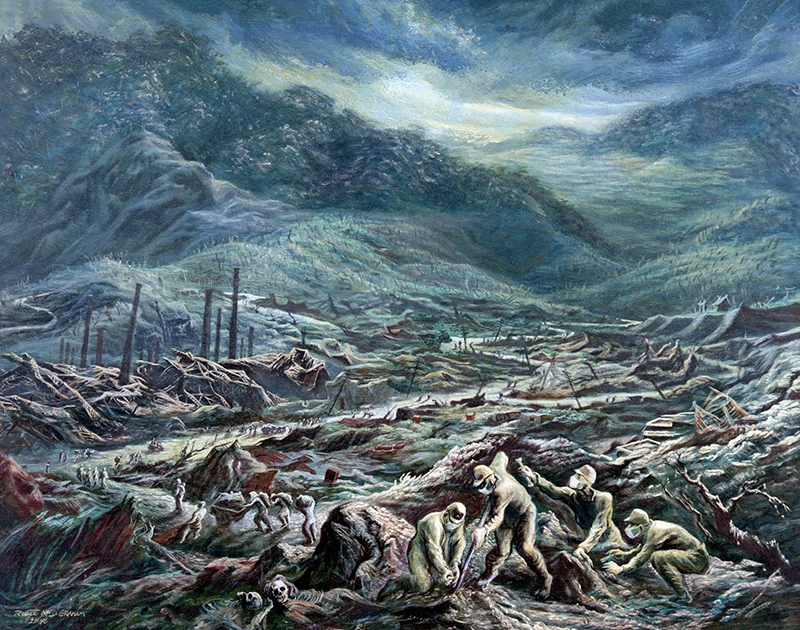By Heather Nice
History starts with a question.
Although it might seem counterintuitive to the way we’re expected (or perhaps required?) to teach—breadth over depth; textbooks and tests over inquiry and sources—the idea of starting with a question is a widely embraced practice across disciplines. When historians document the past, they begin by crafting a research question that examines a new perspective, an undocumented story, or a new material discovery. Historians review primary and secondary sources to better understand existing knowledge related to their question, and then refine it to ensure their research will add to what we already know. They then seek to “exhaust the archives,” a term used to describe the attempt to gain intellectual understanding of the sources that exist related to a particular topic before synthesizing the sources to craft an evidence-based argument that responds to the question.
Because historians can use both primary and secondary sources as evidence when building arguments, it’s important for our students to understand the role of these sources in the discipline. I’d hazard a guess that if asked, most students would define primary sources as those that document a firsthand experience of the past, and they’d define secondary sources as those that interpret and analyze primary sources. Given these definitions, how do you think your students might define the following source? Would they label it primary or secondary?
 Robert Alexander Graham’s Atomic Landscape, a depiction of Nagasaki, Japan, 1946. Public domain.
Robert Alexander Graham’s Atomic Landscape, a depiction of Nagasaki, Japan, 1946. Public domain.
If they’ve learned to source documents, your students might ask a few questions about who created the image, when it was created, and what Graham was attempting to document. But regardless of whether they answered primary or secondary, your students would be right.
If you’re having a “Wait, what?!?” moment, bear with me. When historians approach sources, they tend to take a more nuanced approach than reflected in the simple definitions provided above. Instead, historians tend to define sources in relation to their research question. So, to use Graham’s painting of Nagasaki as an example: If my research question was something like, “What was the lived experience of an atomic bomb?” the painting would be a secondary source. Graham was not on the ground and did not experience the bombing of Nagasaki. If my research question, on the other hand, had to do with understanding artistic responses to the event, then Graham’s painting is absolutely a primary source.
For historians, defining a source as primary or secondary solely depends on its relationship to their research question. Primary sources provide direct evidence documenting the subject being studied while secondary sources rely on the work of others to gain an understanding of the subject. Rather than defining a source by its age, historians examine its relationship to the subject of their research question. If the source provides an eyewitness account, contemporary perspective, or is an original creation (like a map or artistic work) related to the question, it’s primary; if on the other hand it includes interpretation and lacks direct evidence of or proximity to the subject being studied, it’s secondary.
So why does teaching our students to tie sources to the research question matter?
The simplest answer is that it supports disciplinary practice and the development of historical thinking skills, but really, it’s much more. When we teach students that history starts with a question, the past is opened for inquiry and interpretation. Even the labeling of primary and secondary source is open for interpretation—and this can be a fun revelation for students if they've been taught that they are distinct categories! Rather than seeing history as a boring march of dates and facts across time, students see an opportunity to claim agency, direct their learning, and uncover stories their textbooks may not address. Teaching students to ask questions creates space for them to think critically about the many sources they encounter and provides a foundation to understand that although the events of the past are set in stone, how we understand them is open to interpretation as we ask new, perhaps better, questions.
About the author: Heather Nice has extensive experience in social studies instruction, curriculum development and assessment, instructional design, and the use of technology in learning environments. Her academic and professional interests lie in the intersections between archives, education, and history as she seeks to understand best practices for the instructional use of archival collections and disciplinary practice in the K–12 classroom.
Cover image: Johannes Aventinus, German historian and court historiographer. Illustration from 16th century. © clu / DigitalVision / Getty Images.
 For full access to all OER Project resources AND our amazing teacher community,
For full access to all OER Project resources AND our amazing teacher community, 
Top Comments
-

Katie Hooper
-
Cancel
-
Up
+1
Down
-
-
Reply
-
More
-
Cancel
Comment-

Katie Hooper
-
Cancel
-
Up
+1
Down
-
-
Reply
-
More
-
Cancel
Children